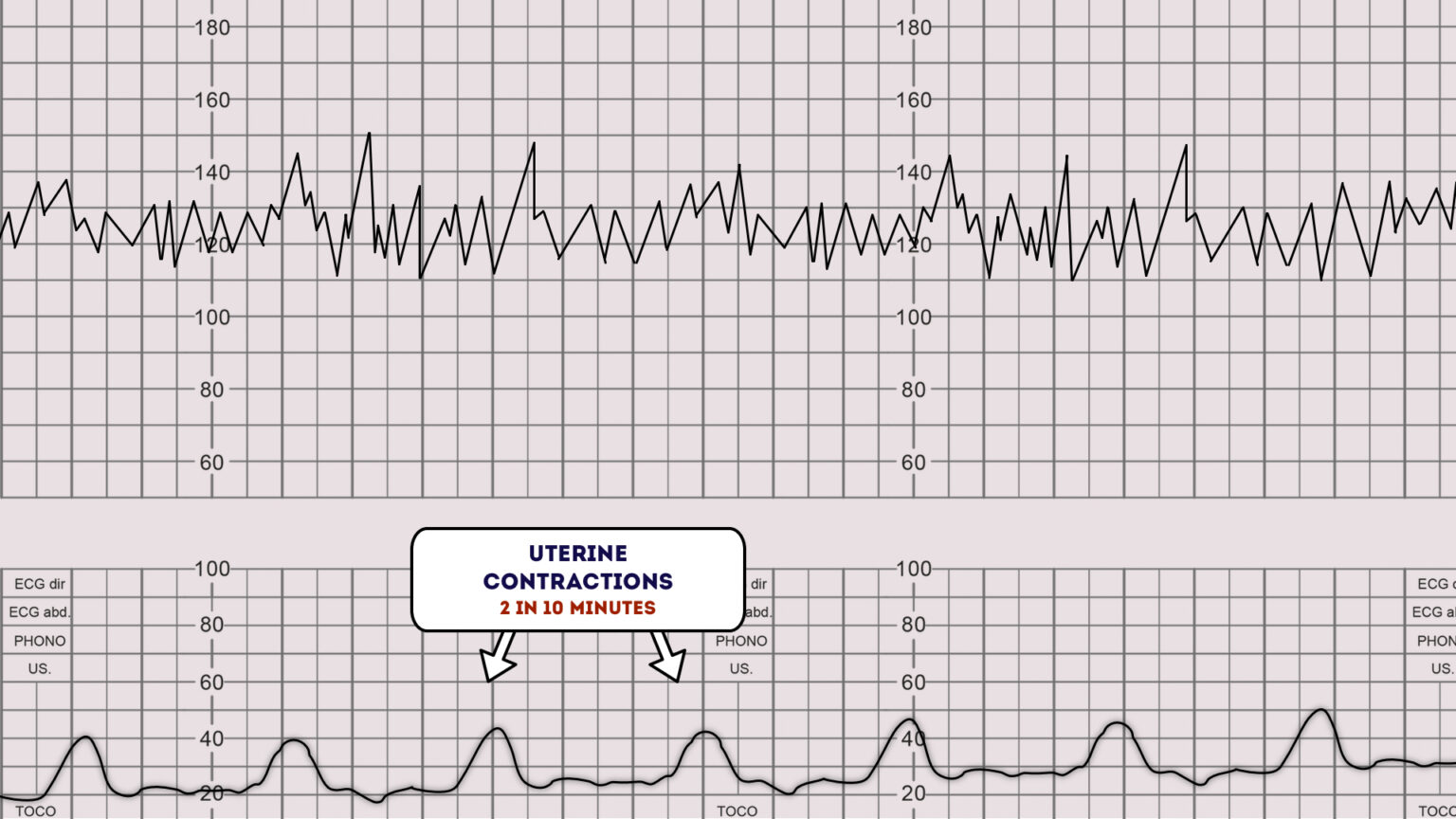What Does Ctg Stand For In Real Estate?
3 min read
Understanding CTG in Real Estate Transactions
When it comes to the world of real estate, there are numerous abbreviations and acronyms that can be confusing for both buyers and sellers. One such abbreviation that often leaves people scratching their heads is CTG. So, what does CTG stand for in real estate? Let’s dive in and find out!
The Definition of CTG
In real estate, CTG stands for “Contingent.” It is used to describe a property that has an offer on it but is still subject to certain conditions or contingencies. These conditions can vary but are typically related to the buyer’s ability to secure financing, perform a home inspection, or sell their current property.
Why Contingencies are Important
Contingencies are an essential part of the real estate transaction process as they protect both the buyer and the seller. They allow the buyer to back out of the deal if certain conditions are not met, such as being unable to secure financing or discovering major issues during the home inspection. On the other hand, contingencies give the seller some security, knowing that the buyer cannot simply walk away without valid reasons.
Common Contingencies
There are several common contingencies that buyers include in their offers, leading to a property being labeled as CTG. These may include:
1. Financing Contingency: This contingency allows the buyer to back out of the deal if they are unable to secure a mortgage loan with favorable terms.
2. Inspection Contingency: This contingency gives the buyer the right to perform a home inspection and request repairs or negotiate the price based on the findings. If the seller refuses to address the issues or negotiate, the buyer can back out of the deal.
3. Sale Contingency: This contingency is often used when the buyer needs to sell their current property before being able to purchase a new one. It allows the buyer to back out of the deal if their current property does not sell within a specified time frame.
What Happens After a Property is CTG?
Once a property is labeled as CTG, it means that the seller has accepted an offer from a buyer but that the sale is not yet final. The buyer and seller will work together to satisfy all the agreed-upon contingencies within a specified timeframe. If all the conditions are met, the property will move from CTG to “Pending” status, indicating that the sale is in progress and nearing completion.
How Long Does the CTG Process Take?
The length of time it takes for a property to transition from CTG to Pending can vary depending on the specific contingencies involved. Some contingencies may have strict timeframes, while others may require more negotiation and back-and-forth between the buyer and seller. On average, the CTG process can take anywhere from a few weeks to several months.
What if I’m Interested in a CTG Property?
If you come across a property labeled as CTG and you’re interested in it, don’t be discouraged! While the property may have an offer on it, it is not yet sold. There is still a chance for other buyers to submit backup offers in case the current deal falls through. Stay in touch with your real estate agent and express your interest in case the property becomes available again.
Conclusion
So, what does CTG stand for in real estate? CTG stands for “Contingent,” indicating that a property has an offer on it but is still subject to certain conditions. Understanding the CTG status of a property is crucial for both buyers and sellers, as it gives insight into the progress of the sale and the potential for other offers. If you’re interested in a CTG property, don’t hesitate to stay in contact with your real estate agent to explore backup options. Happy house hunting!